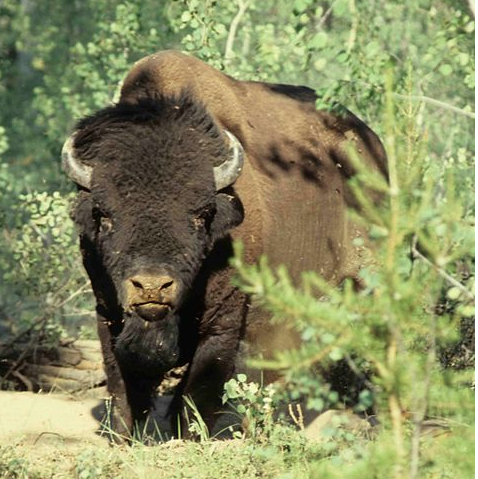
News/Reports
Portage Brule Rapids Ecological Reserve Overview: Biological and Physical
ORIGINAL PURPOSE
To protect unique hot spring, river bank, and forest environments along the Liard River
Physical:Located between the Alaska highway and the Liard River, immediately east of the Coal River, the reserve faces Portage Brule Rapids, a series of rapids of the Liard River stretching over more than 2 kilometres. Several hot and warm springs are located on the rocky banks of the Liard and empty directly into the river. At flood stage some of these springs are covered by water. Most of the reserve is composed of upland and high glacial outwash terraces. A minor portion near the mouth of the Coal River has low gravel shores, a narrow band of low-bench, and some high-bench alluvial floodplain.
See the full PDF at: Portage Brule Rapids ER 149
Biological: The higher-volume hot springs form small circular pools surrounded by a ring of herbaceous and graminoid vegetation, while the lower volume springs tend to be simple seeps on sloping ground. Both kinds show multi-hued and finely patterned skirts of lime deposits on their downhill sides. Most of the hotsprings vegetation in this area is composed of common plants, mainly rushes, sedges, grasses, Asteraceae and mosses. The exception is the swollen beaked sedge which is rare in British Columbia.
The following four forest communities have been documented in the reserve:
- 1) White spruce – lodgepole pine – fuzzy-spiked wildrye. The communityoccupies upland sites and has occasional inclusions of aspen and a variety of
shrubs.
- 2) Black spruce – Labrador tea – step & feathermosses. This community occurson poor sites of glacial outwash materials.
- 3) Lodgepole pine – black spruce – step moss, a community intermediate inspecies combination and site quality between 1 and 2.
- 4) White spruce – mountain alder – red-osier dogwood – mixed herb – stepmoss. This is a tall, vigorous forest on the small portion of high-bench alluvial floodplain that occurs near the western extreme of the reserve
-
CULTURAL: The reserve lies in the traditional territory of the First Nations of Treaty 8 and the Kaska Dena.
Historic fur trade cabins remain within the reserve.
On the slope above the hot springs is a portage trail which was actively used during the Hudson’s Bay Company explorations of the area from 1830-1860.

Description: Curious Wood Buffalo ((Bison bison athabascae), Wood Buffalo National Park, Canada Source: photo taken by Ansgar Walk Date: 1998-July-02 Author: Ansgar Walk Permission: Ansgar Walk put it under the CC-BY-SA
Wood Bison –Red Listed Threatened (2000)-COSEWIC
slender wedgegrass –Blue listed
swollen beaked sedge
Fisher–Blue listed
Grizzly Bear—Blue listed ( Special Concern)-COSEWICTHREATS
Climate Change: Changes in the hydrology in this area may effect the mineral springs and the associated flora and fauna.Access: Increase in visitors to springs could have significant negative impact on ecosystem.
RESEARCH OPPORTUNITIES: Reserve protects a good site for study into hot spring formation and the occurrence of beaked sedge.
SCIENTIFIC NAMES OF SPECIES MENTIONED IN THE PORTAGE BRULE RAPIDS ER ACCOUNT
FLORA:
alder, mountain (Alnus incana ssp. tenuifolia)
aspen, trembling (Populus tremuloides)
dogwood, red-osier (Cornus stolonifera)
feathermoss, red-stemmed (Pleurozium schreberi)
Labrador tea (Ledum groenlandicum)
moss, step (Hylocomium splendens)
pine, lodgepole (Pinus contorta var. latifolia)
sedge, swollen beaked (Carex rostrata)
spruce, black (Picea mariana)
spruce, white (Picea glauca)
wedgegrass, slender (Sphenopholis intermedia)
wildrye, fuzzy-spiked (Leymus innovatus)Fauna
Bear, Grizzly (Ursus arctos)
Bison, Wood (Bos bison athabascae)
Fisher (Martes pennanti)
